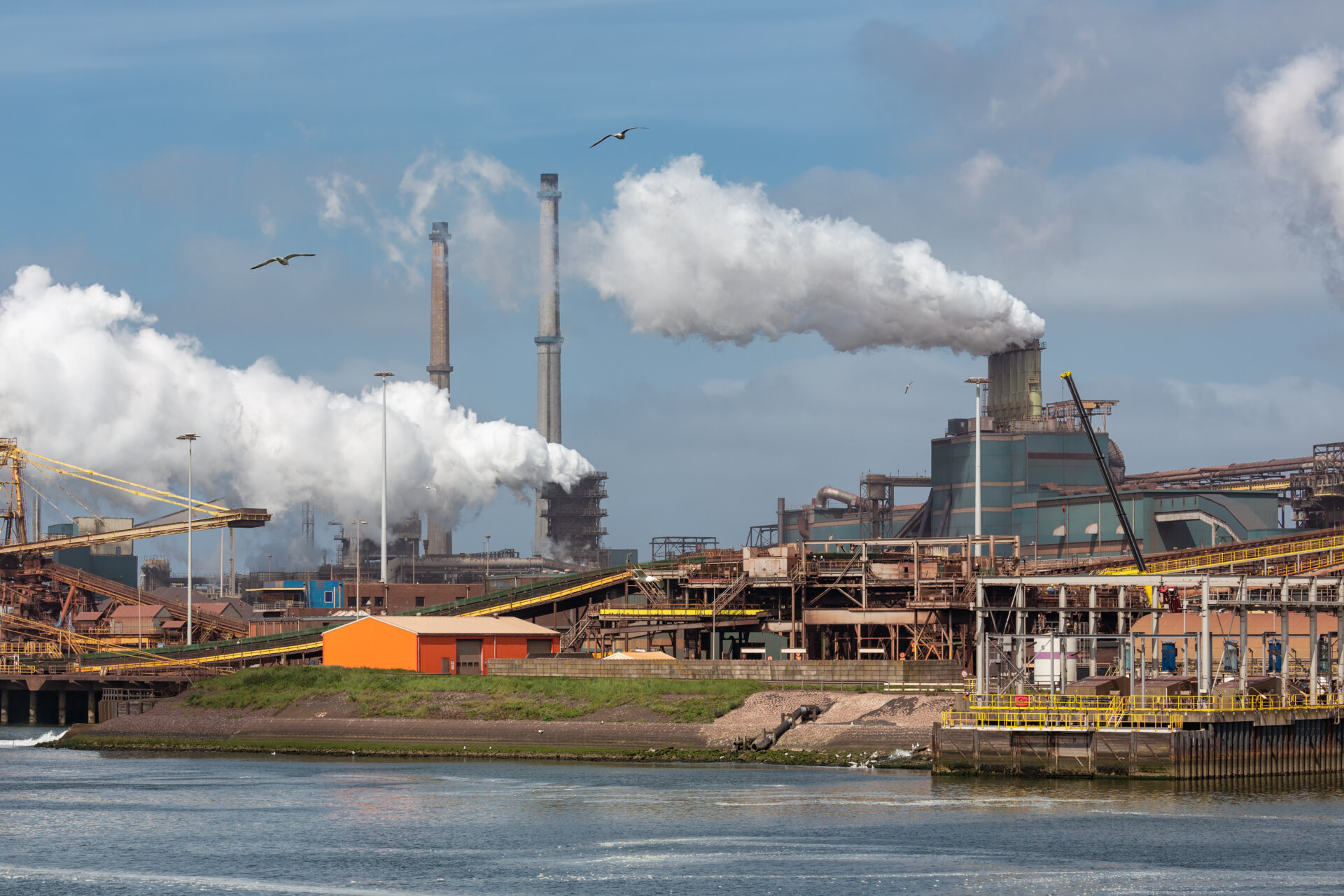The EU and the US extended their deadline to negotiate the Global Arrangement on Sustainable Steel and Aluminum by two months. In this limited timeframe, their efforts should focus on reaffirming the commitment to climate objectives in the short term and paving the way for a transformative green and inclusive arrangement in the long term.
European Commission President Ursula Von der Leyen and U.S. President Joe Biden met in Washington DC last Friday to discuss, among other things, the state of negotiations on the Global Arrangement on Sustainable Steel and Aluminium (GSA).
The EU and US have been negotiating this arrangement since 2021. Highly ambitious in its aspirations, the idea was to design a “carbon-based sectoral arrangement” aimed at incentivising decarbonisation, tackling Chinese overcapacity and eliminating Trump-era tariffs on steel and aluminium along with the corresponding EU retaliatory tariffs.
More than that, this was intended to be the foundation of a global sustainability arrangement, laying the groundwork for a broader set of countries to join. Two years later, the two sides failed to meet their initial deadline of the end of October 2023.
The Outcome
The joint statement released following the EU-US Summit referred only to “substantial progress” made and an extension of the negotiations by two months. This contrasts the flurry of media stories in the last two weeks suggesting fractious and stalled negotiations.
In the months leading up to the Summit, reports suggested that deep disagreements remained over the structure of the agreement. The US was rejecting a price-based approach in favour of a tiered tariff system, in contrast to the EU, which has been eager to avoid undermining its Carbon Border Adjustment Mechanism (CBAM) and remained committed to the WTO non-discrimination obligations.
In the days leading up to the Summit, the sustainability dimension of the agreement remained stuck but there was seemingly potential for an interim agreement on non-market excess capacity. Reports of EU anti-subsidy investigations into steelmakers suggested EU alignment with the US. However, in the end, both the EU and the US were not prepared to cross their respective red lines. This was also seen in their failure to agree to a Critical Minerals Agreement – the lure of access to US green subsidies was not quite great enough for the EU to subject itself to US inspections of its mines and processing centres.
The Problem
Despite mutual acknowledgement of climate and trade priorities, the diverging EU and US approaches in tackling climate and the broader confluence of global problems are complicating their ability to reach agreement.
With upcoming elections in both jurisdictions, climate action is falling victim to other politically charged priorities on both sides. The US remains highly focused on combatting China and protecting its steel industry (with key production sites located in swing states). The EU is desperate to avoid a snap back of the tariffs that formed the foundation of the negotiations.
Understandably, both sides are desperate to reach an agreement before they enter election mode. However, the threat of another short timeline is that the Global Arrangement on Sustainable Steel and Aluminium instead becomes a bilateral agreement on steel and combatting China, falling far short of the initial promise to give a global push to steel and aluminium decarbonisation.
Setting short term objectives for long-term success
As recommended in our recent briefing, accelerating decarbonisation in a way that allows others to join the arrangement, must remain a priority of the negotiations. Untangling the web of competing objectives may help simplify the negotiations, but it must not leave the most transformative elements on the table.
The next two months should focus on achievable objectives to maintain momentum in tackling both overcapacity and decarbonisation. Avoiding each other’s red lines will be critical to de-escalating the negotiations. But negotiators must not lose sight of the transformative potential of a deal that could go global encouraging decarbonisation efforts around the world.
To ensure what is agreed in the next two months sets the negotiations up for success in the long term, they will need to:
- While accommodating EU and US interests, ensure that any agreement on non-market excess capacity is not so unattractive to third countries that they cannot get on board with climate elements later on. This will rest on the type of measures used, how explicit the anti-China framing is and how the overall approach is justified.
- Reaffirm the commitment to accelerating decarbonisation, noting efforts on both sides to speed up the transition of steel and aluminium sectors domestically, and commit to complementing and not undermining existing policy frameworks (e.g. EU CBAM and US Inflation Reduction Act).
- Outline a roadmap for the next steps on decarbonisation and a longer timeframe for agreeing on these. This should include the development of common emissions accounting methodologies as a key priority, followed by thresholds for defining low-emission steel and aluminium, with a view to linking these to trade and procurement measures to green supply chains globally.


